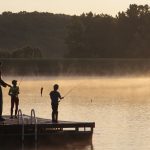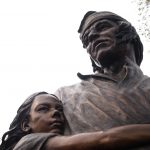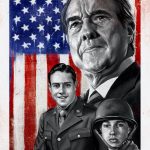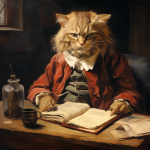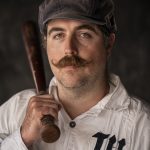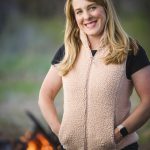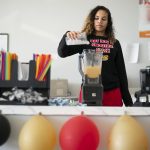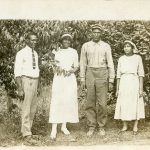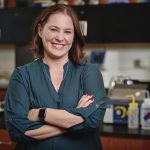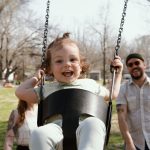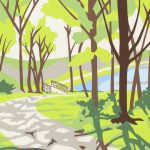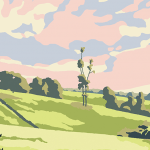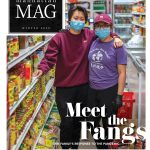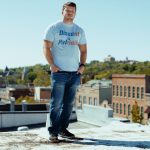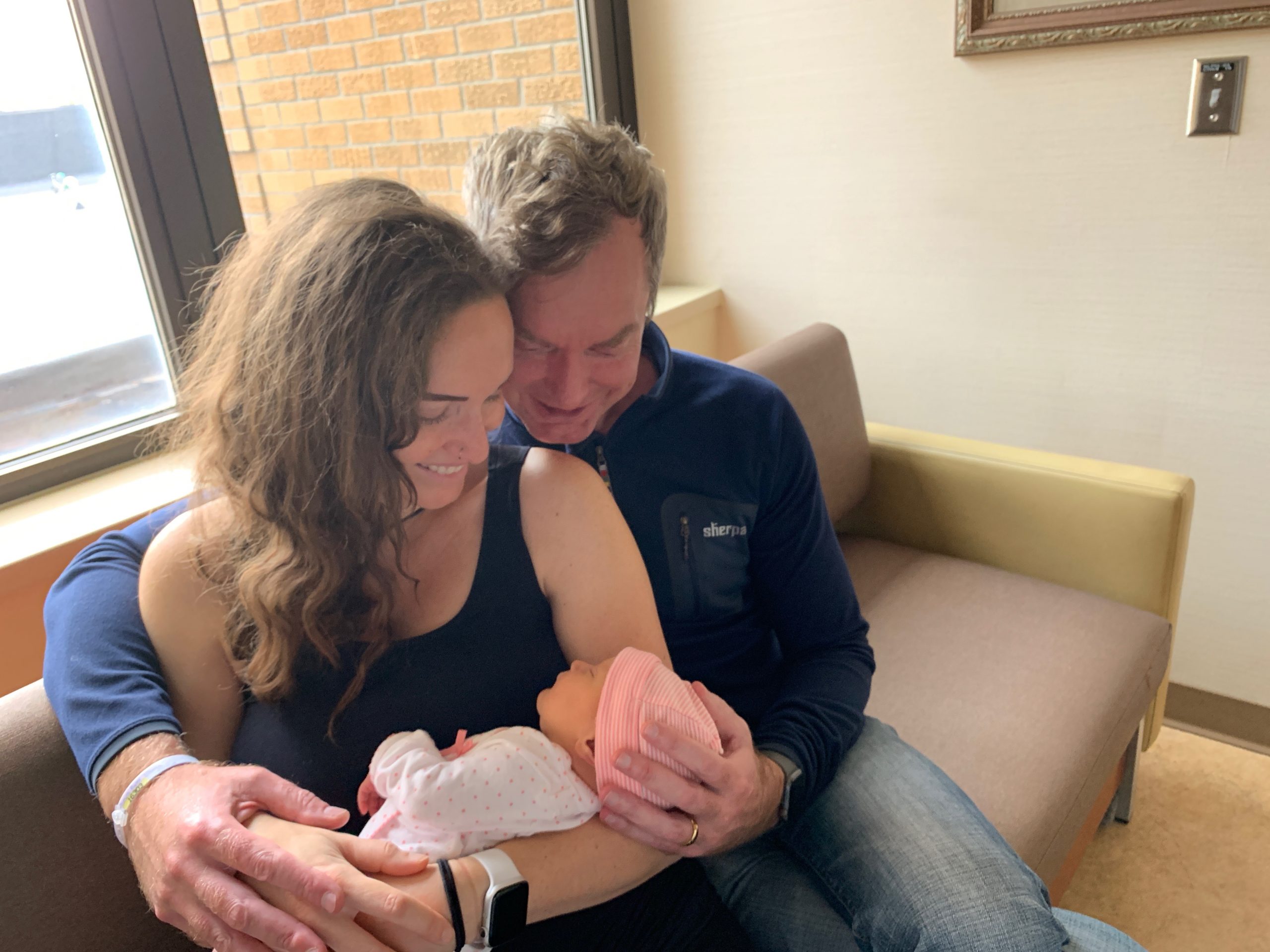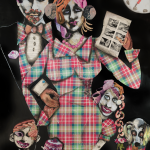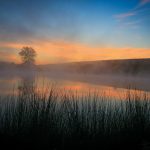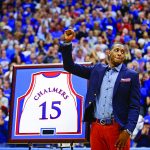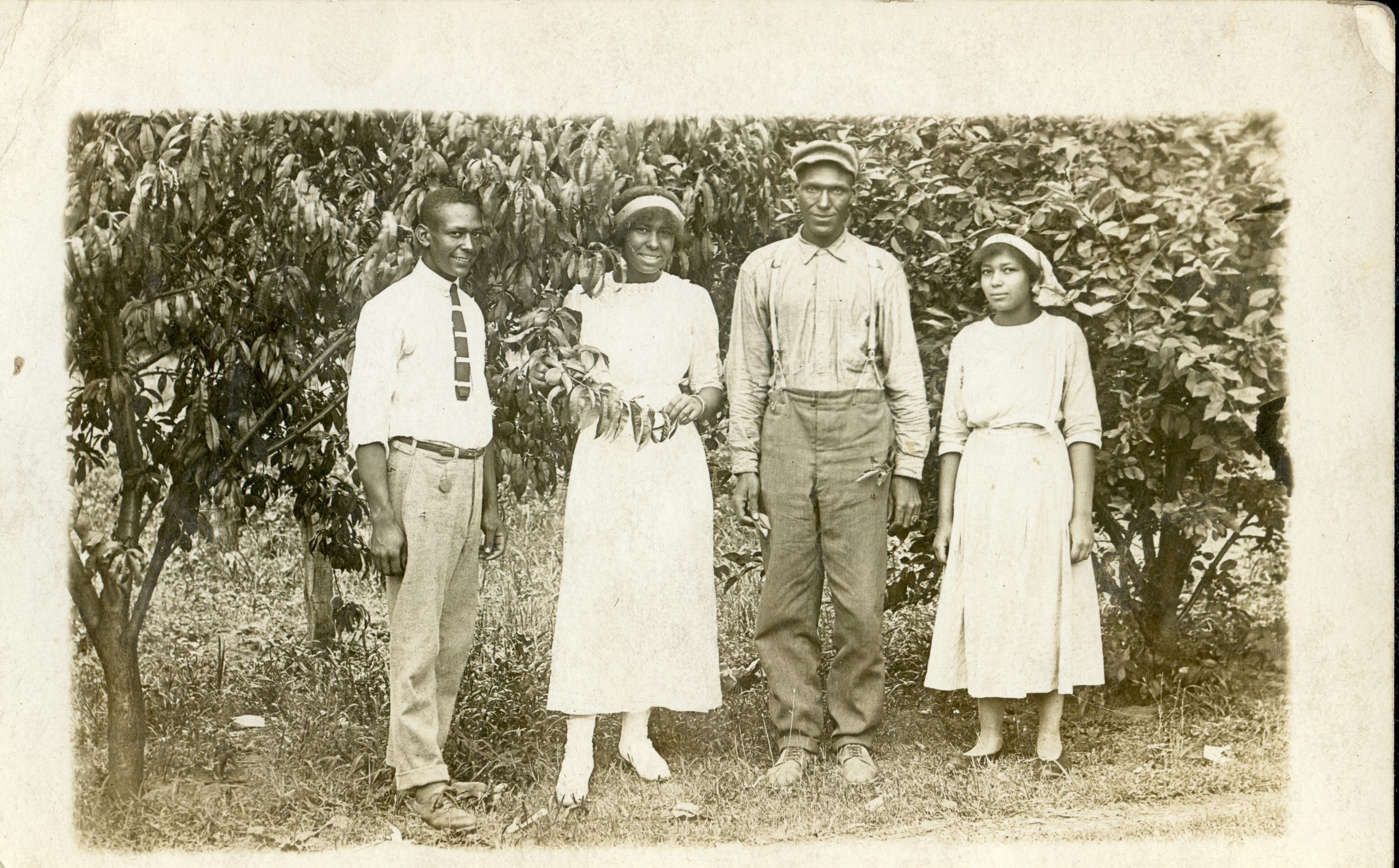
Even in the age of digital photography, most families will collectively own some photo albums, scrapbooks or boxes filled with loose photographs from the family’s past. These family collections might have great sentimental and personal value, but are less often a matter of historical record—unless you are Gary Davis.
Davis’ family photographs, which were recently featured in an exhibit at Watkins Museum of History and have now become part of the Lawrence museum’s permanent collection, fill a valuable hole in our understanding of daily life in North Lawrence before the 1950s.
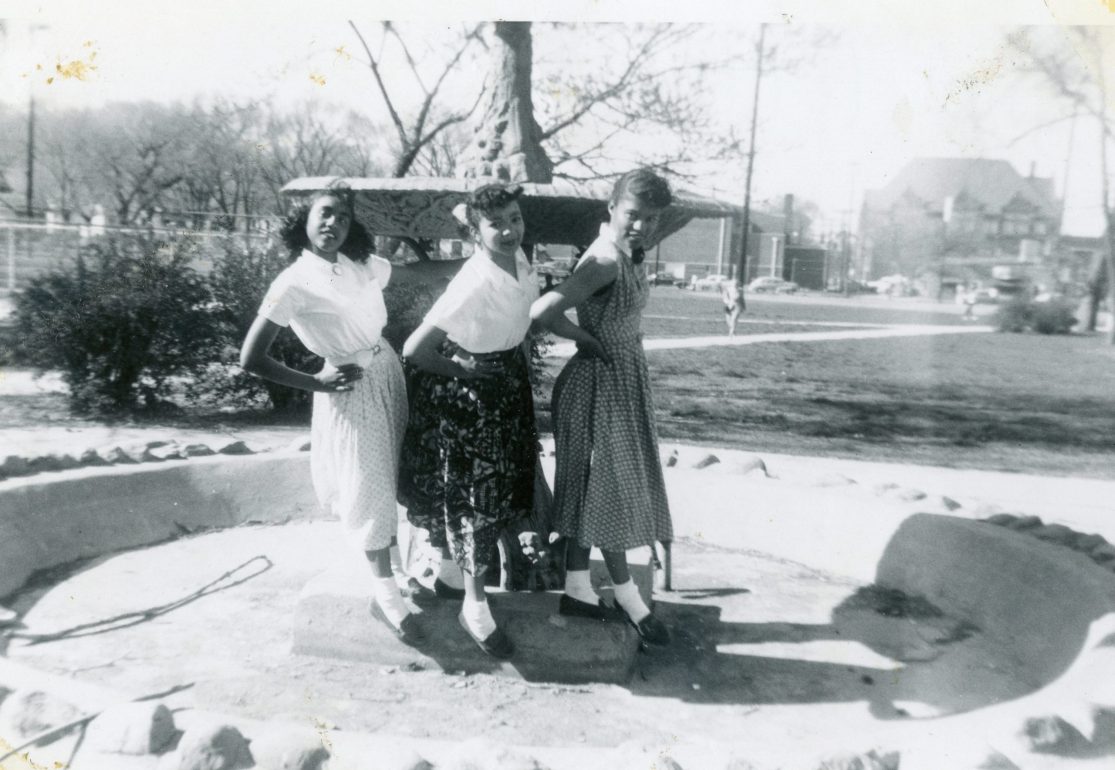
Brittany Keegan, curator of exhibitions and collections at Watkins, explains why Davis’ contribution was so important to preserve. “There are many photographs of Lawrence through the decades and the people who lived here. However, when it comes to north Lawrence, that is a different story. In 1951 there was a devastating flood, [and] pictures of that flood are really the only photographs of North Lawrence we had among our collection.”
A resident of Idaho via California, Gary Davis grew up in North Lawrence, attended Woodlawn Elementary, graduated from Lawrence High School class of 1976, and left the community in 1979. But he kept in touch with his family and inherited the family photographs and a few treasured documents such as marriage licenses and prayer cards.
When he reached out to the Watkins Museum about donating these documents, Davis had some idea of their importance, but he also regarded them as highly personal and sentimental artifacts from the lives of interrelated North Lawrence families such as the Davises, Logans, Taylors, Hills and Drakes.
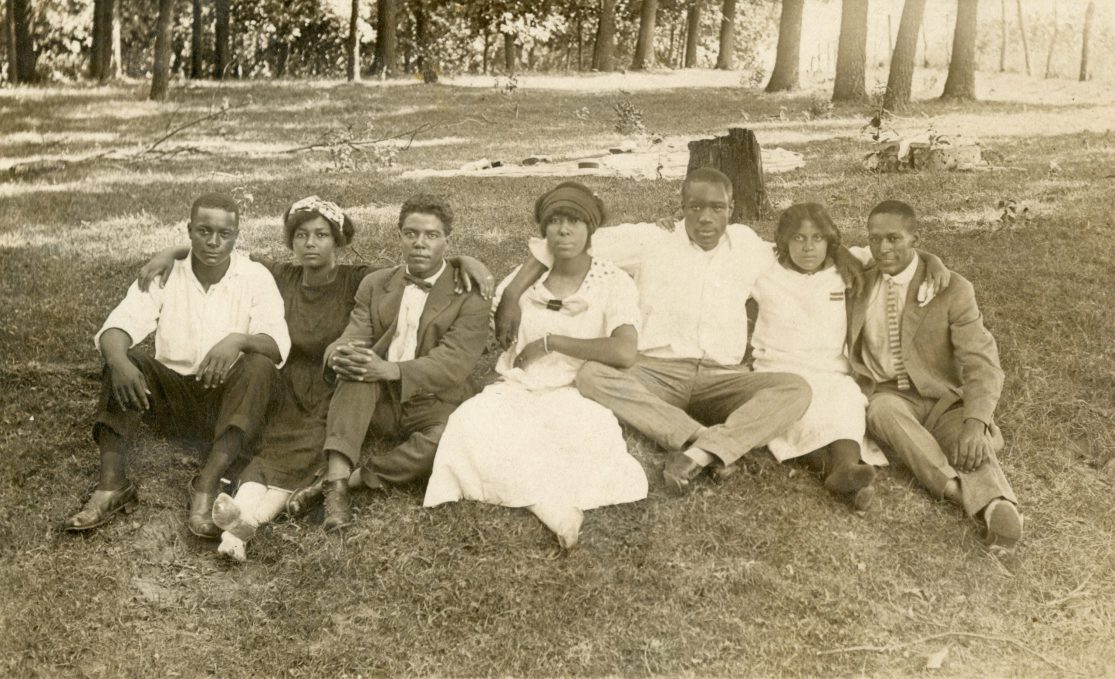
“I wanted these photographs to be seen, and I knew I shouldn’t take them out of Kansas,” Davis explains. “My family, extended family, neighbors—they all mattered. Our homes and the places where we gathered mattered as well.”
In all, Davis donated close to 400 photographs and several archival documents. Some of the photographs were taken in the late 1800s, and a few as late as 2010, but the bulk come from the 1930s to the 1960s and were eagerly welcomed by the museum staff.
“We were all so excited to see these,” Keegan says. “They represent family life in North Lawrence. What neighbors and friends were doing. We get a window into everyday life back then, and not just flood shots.”
For more than three months, a team at the Watkins Museum inventoried, processed, and assessed the collection. The team recorded everything, added each photograph and document to the museum’s database, and scanned the images individually. The museum’s staff used an Epson V500 photo scanner, not dissimilar to scanners used in schools and offices. But because of the machine’s ability to scan at high resolution, the staff was able to enlarge the pictures to two feet by two feet, which made the details of daily life in the past century—hairstyles, clothing, and more—easily visible.
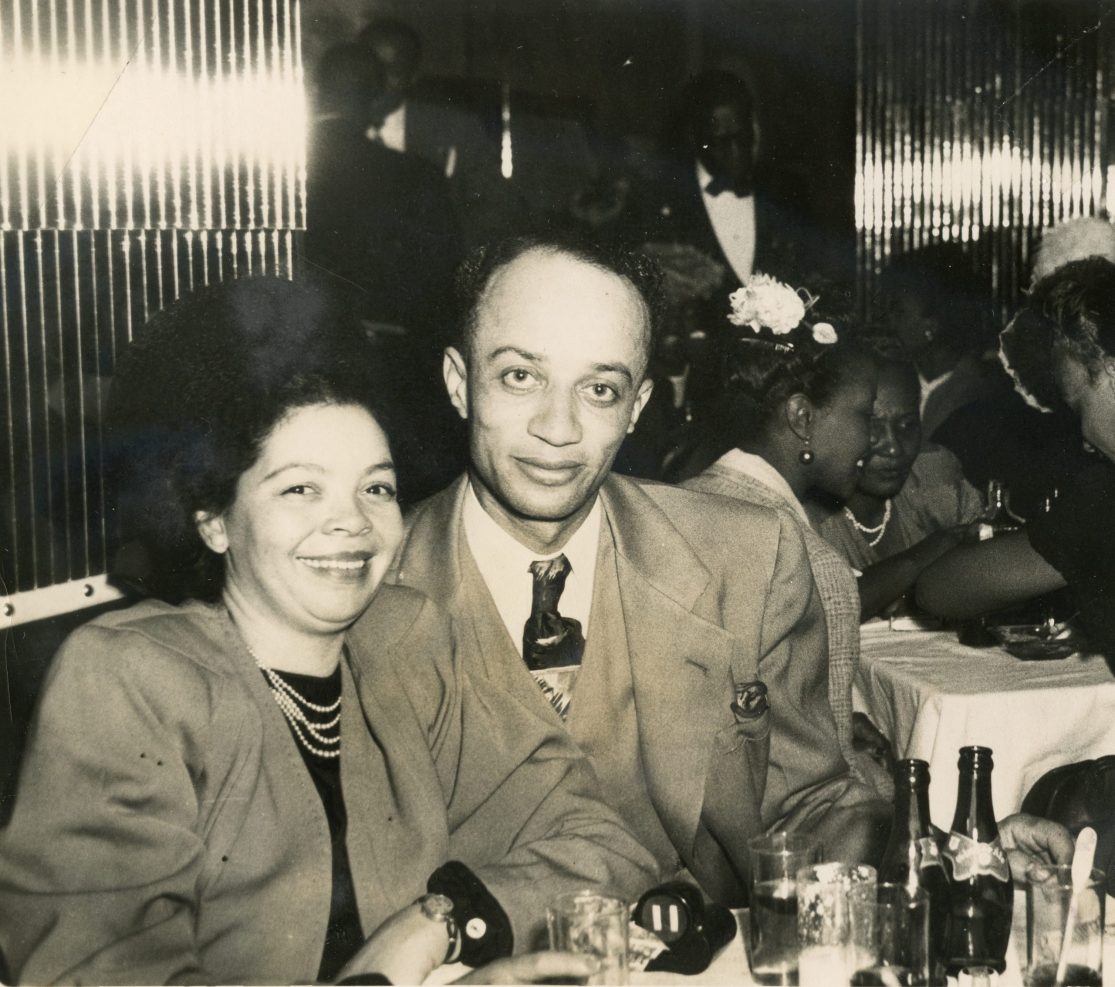
The Watkins also requested the expertise of Alyssa Cole, who was then finishing her doctorate in history at the University of Kansas. Dr. Cole served as a guest curator, and her commentary guided visitors through the museum’s initial photo exhibition, which ran until November 2022.
“The Gary Davis collection is significant because it tells the story of Black life, focusing on joy, community, love, and pride,” writes Cole, who currently serves as the Dr. Patricia Hilliard-Nunn Visiting Assistant Professor, African American Studies at the University of Florida. Cole also points out how some of the locations in the Davis photo series, such as the Baptist Church, were integral to the history of Lawrence’s Black community. “The First Regular Baptist Church in North Lawrence, as in many African American communities across the United States, played a significant role in community building and uplift during the early twentieth century. Not only did the church offer spiritual guidance, but it was also a place for celebrations, activism, mourning, and education. Historically, Black churches were places that trained future leaders and advocated for racial equality. The First Regular Baptist Church in North Lawrence served all these roles in the Black community.”
“It was all that—and a bag of chips,” Davis agrees. “My mom used to water the flowers inside the church where they had all the photos of all the past ministers lined up on the wall. One time I was there with her and read the name of a minister who had the same name as my uncle, so I asked my mom about it and she said: ‘Oh, that’s your dad’s uncle, and he was the first minister and built the church.’ I was 35 years old when I learned that and my jaw dropped. I said, ‘You should have told me!’ And my mom replied, ‘Well you never asked!’”
Looking back on this moment, Davis sees it as universal lesson—we should ask about our family history while we can.
“A lot of people don’t ask enough questions and so things slip by, fall underneath the rug, and then when it is too late you realize you don’t really know your family history,” Davis says. “So once that happened, I sat my mom down and asked her to write down everyone’s names and all the locations on our photos.”
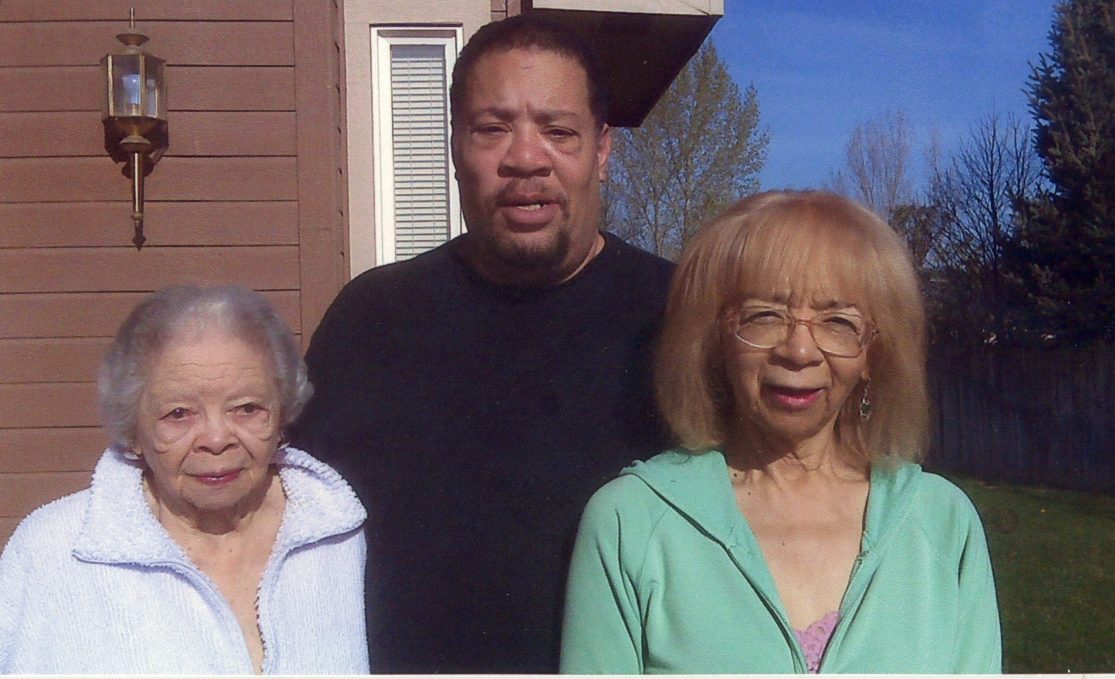
Davis, who was able to view the exhibition one last time before parting with his family’s photos, says he was pleased with the chance to share North Lawrence’s history and legacy as a part of town shaped by many cultures and races.
“There was ethnic diversity in that area of town, mostly biracial—White and Black. There were some tensions, and plenty of in-your-face racism, but when you look back at it, we all got along well. At that time in North Lawrence, all the families who lived there treated one another as relatives. They all had the same type of semi-rural existence, the same culture. Everybody knew everybody and shared their food—there was a sense of community,” says Davis as he recalls his childhood, some moments now preserved in the Watkins archives and others never captured on film.
“I can remember being in our backyard with my mother. She would put me to work, snapping beans and shelling beans into big owls. Then a neighbor or two might stop by and she’d put them to work. If my cousins pulled up, they’d be back there with us, in a circle, snapping beans and shelling peas.” He smiles when he thinks of it. “We would all be talking about neighborhood news, gossip, jokes, laughing. Those are some of the best memories North Lawrence gave me.”
This story is adapted from an article by Melinda Briscoe which appears in the winter 2022 edition of Lawrence Magazine.
